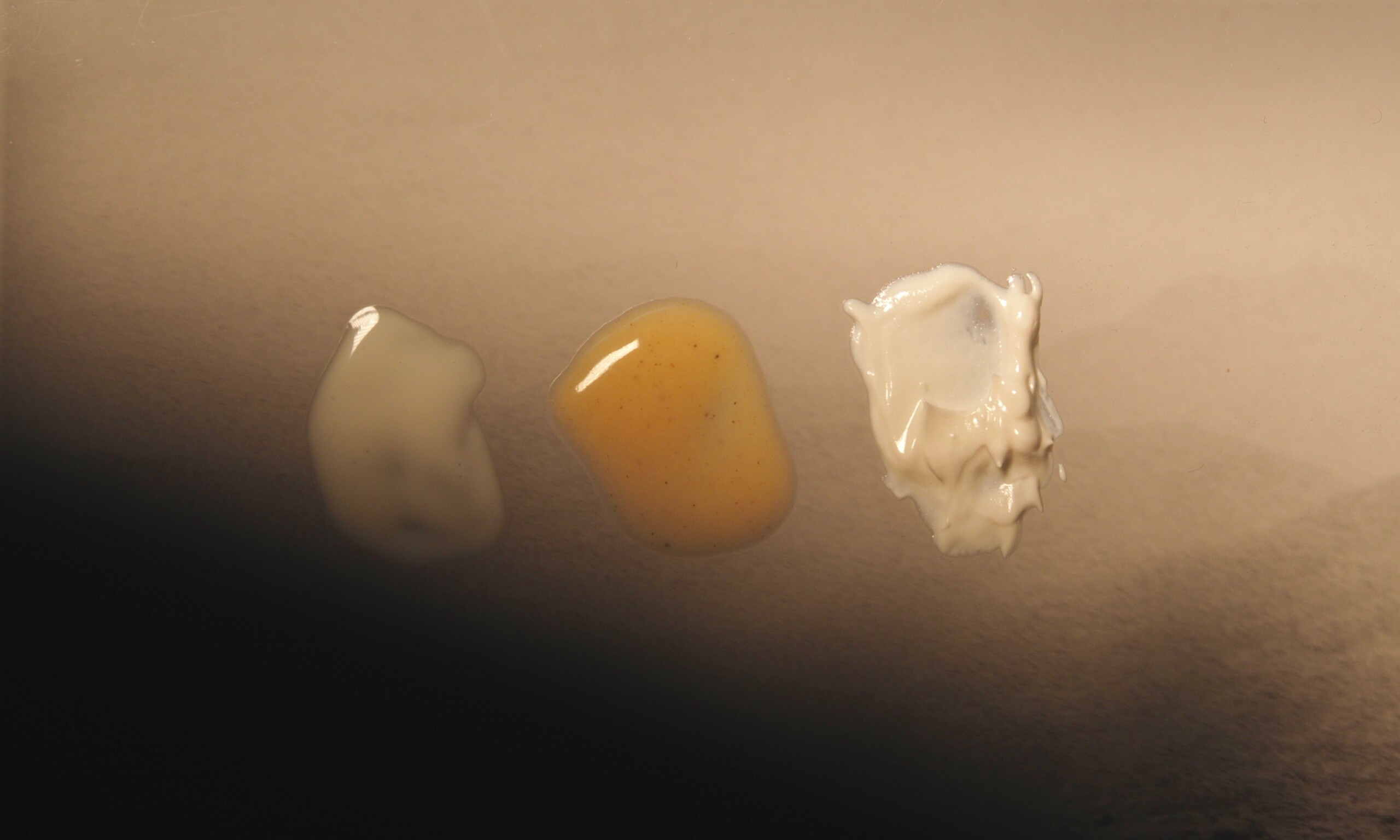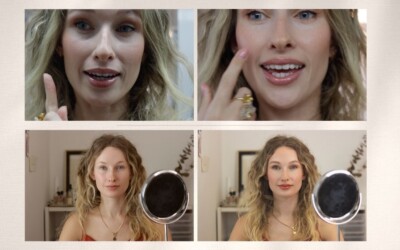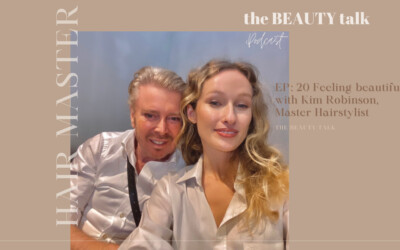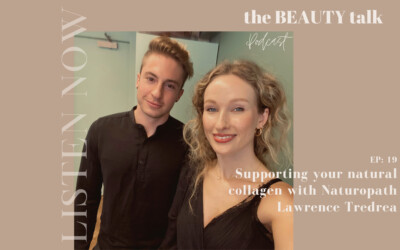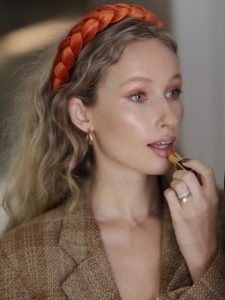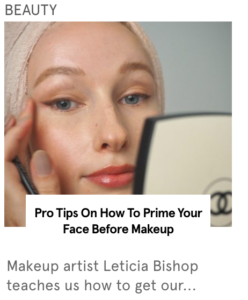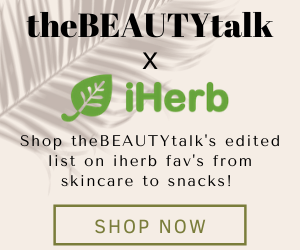Have you heard of these three terms? Well, they are the three pillars to effective moisturisation and glowing skin. For hydrated, healthy skin, your routine should include all three: a humectant, an emollient AND an occlusive product… Confused as to what they are? Don’t worry; I’m going to break it down…
Hopefully, by the end of this article, you’ll have a better understanding of the types of moisturisers, the concept of layering products, and in what order these three types of products should be applied.
What Are Humectants?
Humectants are molecules that attract and hold onto water. They can pull water from the deeper layers of the skin (dermis and stratum corneum) and from the body itself. Humectants can also draw water from the outside air, provided there is enough humidity. Humectants, help the skin look less flaky and retain the moister levels in the skin.
Humectant Ingredients:
Glycerin/glycerol
Hyaluronic acid
Propylene glycol
Sorbitol
Panthenol
Honey
Urea
Alpha-hydroxy acids (AHAs)
Amino acids
Peptides
Aloe vera
Molasses
What Are Emollients?
Think light oils and fatty acids; they help bind and strengthen skins cells. Essentially filling in any gaps between the cell, strengthening the barrier, to give a soft and smooth feel to the touch.
Most skin types can benefit from including emollient type products in a regular skin routine. Without a healthy skin barrier, it can make the skin more prone lead to irritation, itching, sensitivity, dryness, secondary infection and ageing signs. Additionally, skin with a weak barrier can’t tolerate or reap the full benefits from, ‘stronger’ active ingredients such as Vitamin C and Retinol.
Emollient Ingredients:
Isopropyl Palmitate
Jojoba oil
Propylene Glycol
Vitamin E
Butters
Oils
Esters
Lipids
Fatty acids
Ceramides
Colloidal Oatmeal
Shea Butter
What Are Occlusives?
These are ingredients that block water evaporating or, to put another way, seal moisture in; preventing trans-epidermal water loss (to quote the experts!). The texture of occlusive products can feel very thick, as they don’t get absorbed into the skin like the previous two.
People with oil and acne-prone skin don’t enjoy these products as much; however, people with any dry skin condition will get a lot of benefits from using occlusives; they can be incredibly healing.
Occlusive Ingredients:
Petroleum jelly
Mineral oil
Lanolin
Silicones (e.g. dimethicone)
Olive oil
Carnauba wax
Beeswax.
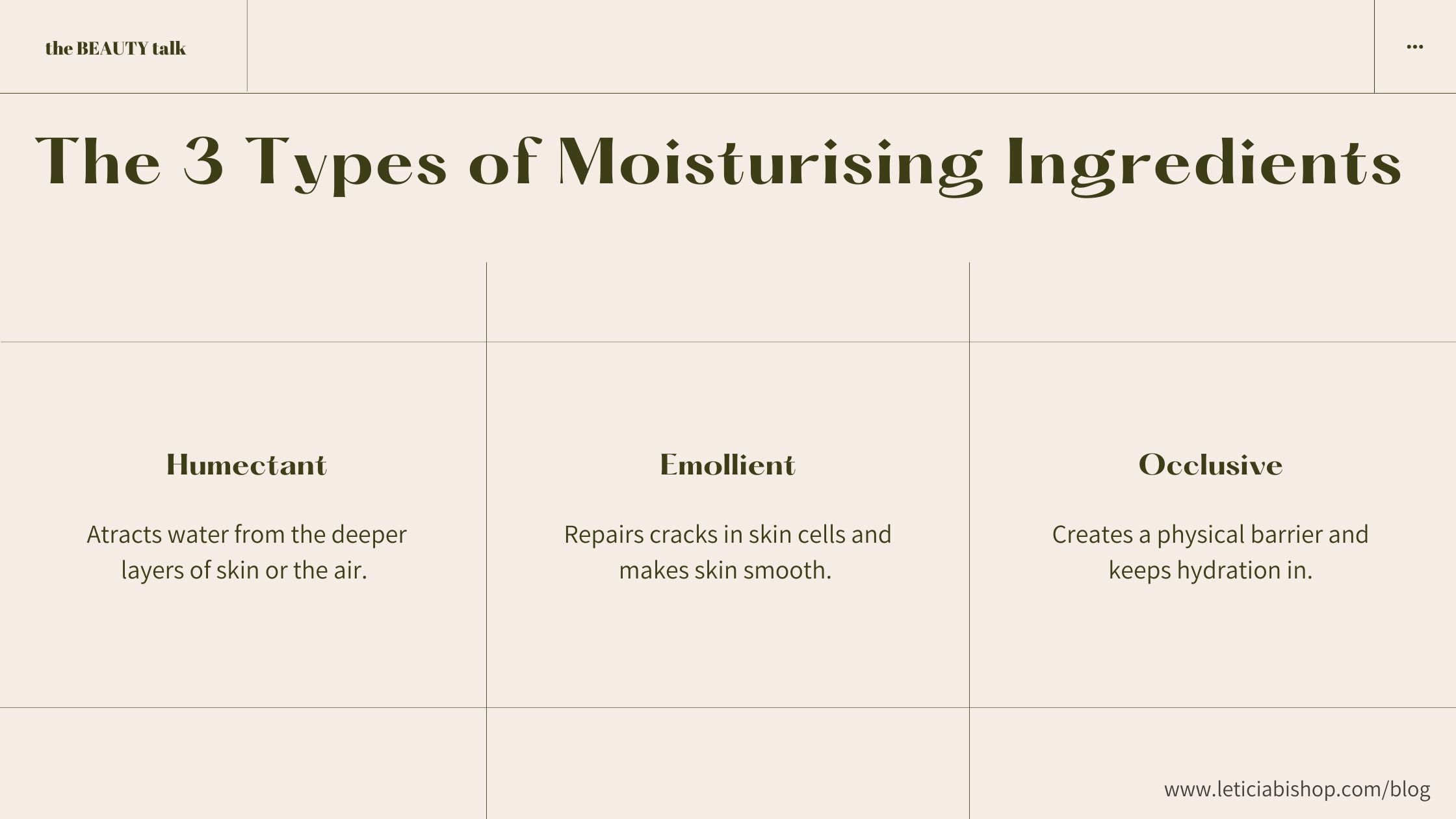
So now you know which is which and what each type of product does… however why is this important to know? Well, it comes into play when we think about skincare layering. You know how water and oil don’t mix? It’s the same principle for skin products. If you’ve got water type skincare and oil type skincare, you need to layer it correctly to get each product to work well.
Occlusives are essentially oils and waxes that act as a physical barrier and do just that. So within your routine, if you put occlusives first all your other ingredients like humectant and emollients will have a hard time getting to the skin layers and doing their jobs!
Instead, first, apply the humectant and emollient ingredients and seal in with the occlusives last. Now, this is not a hard and fast rule, but it makes sense to me! There are always individual variables within skincare, and your skin is smart (often compensating for our mistakes!), but why not give it the helping hand of at least layering your products in a way that helps them work the best…
Are you still confused? Don’t be. In reality, lots of basic moisturisers have a mixture of all three of these ingredient categories – making it very hard to go wrong!
Hope you like this information, my DM’s are always open for a chat with me on Instagram!
